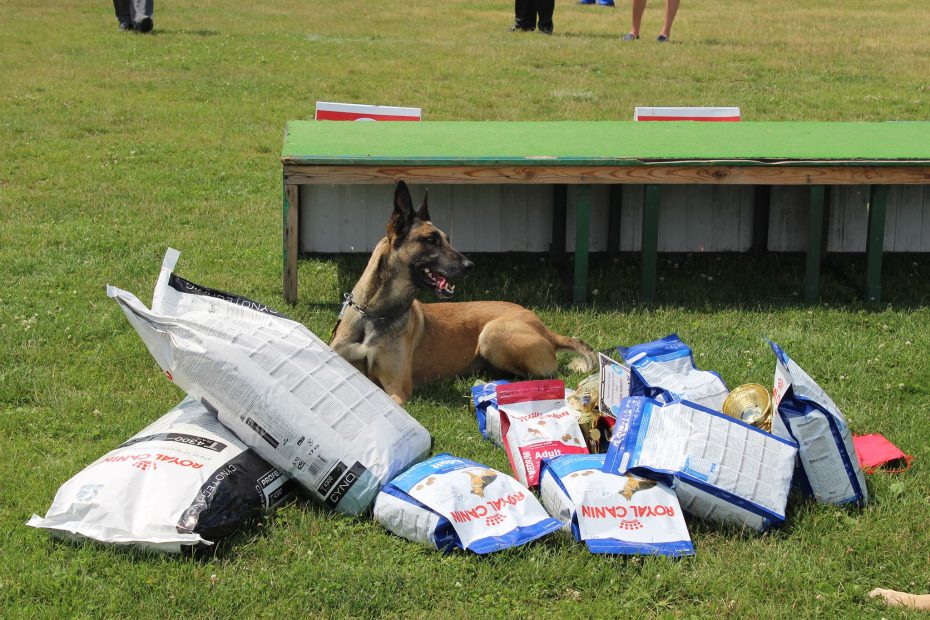Often, dog owners find it challenging to decide what to use as a reward during training.
The choice of reward is closely linked to motivation, i.e., what drives the dog to take action, for which it performs specific tasks.
For dog training, we use three primary motivations:
- Food Motivation:
- This is present in puppies from their first days of life. It is the primary motivation that drives a newborn puppy to action.
- The search for food and satiation is what motivates a dog in the first few months of its life, and our task is to use this in training.
- Starting training when the puppy comes to our home or, if born with us, around the age of 2 months when other siblings are already settling into their homes, is crucial.
- Play Motivation:
- The desire to chase prey and play emerges in puppies a bit later. It varies in timing based on breed, gender, and developmental characteristics.
- Puppies often play well, pursue toys, hold them, and bring them back by the age of 1.5-2 months. However, some may start playing closer to six months. It’s a developmental feature that doesn’t affect the future working qualities of the dog.
- The trainer’s task is to use the motivation (play or food) that is currently stronger in the puppy or dog. If the desire for a treat or to get a favorite toy is stronger than uncertainties in a new environment or the desire to run with other dogs, the training process will be faster and more comfortable for both the dog and the handler.
- Social Motivation:
- Social motivation involves the dog doing something for the handler and for the activity itself. It represents the highest form of relationship between a person and a dog.
- It’s when the training process brings pleasure to both the dog and the handler. The dog performs exercises not just for food or play but for the joint training sessions with the handler.
- Achieving this level of mutual understanding is through the use of food and play motivation, which is strengthened by social communication, active praise during exercises, and various games with the dog.
The task of an experienced trainer is to help owners and handlers master the art of using social motivation in training, turning training sessions into the dog’s favourite pastime.
